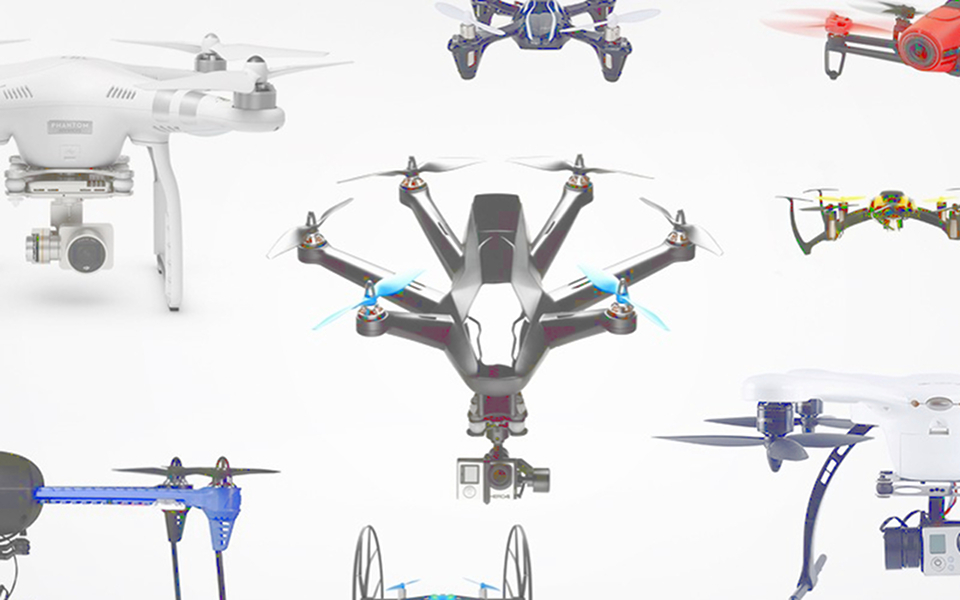Unmanned Aircraft Systems (UAS), also known as drones, have developed greatly in recent years. UAS generally comprise an aircraft, a control station or controller on the ground and the required communication links between both. Despite its widespread use, the necessary regulatory framework to prevent unauthorised use of UAS has made slow progress, resulting in a large number of incidents involving UAS and other airspace users.

Wherever possible GATCO policy is aligned with IFATCA. Where we have a difference of opinion, or IFATCA policy does not cover a topic that the UK wishes to address, we will develop our own. Athough GATCO believes that IFATCA’s policy on UAS is fit for purpose, additional policy is needed to address the issue of small UAS, sold primarily as toys.
Many airfields in the UK are forced by local geography to have their approaches and climb outs over populated areas. This is the most critical phase of flight, where damage could lead to disaster. An ingested drone could cause hydraulic fluid, jet fuel, or parts of engines to be ejected above city centres including London, Birmingham, Manchester, or Glasgow. In a worst case scenario it could result in the total loss of an aircraft.
Malicious use of any kind of aircraft is a criminal act and is not something that can be defeated by regulation or policy. Prevention and legal pursuit of such acts is the responsibility of security services. However, the inadvertent penetration of controlled airspace, or the use of UAS unsuitably close to airfields and their approaches in class G airspace, is a problem that may be addressed by educational strategies and therefore easier to prevent.
With the trend for the rate of incidents/Airprox involving drones starting to accelerate, GATCO believes the Government and the CAA should mandate geo-fencing as soon as possible, with a requirement to retrofit existing UAS.
GATCO would like to see the introduction of a register to include mandatory marking of the UAS, to assist with tracing action in the event of an incident, as occurs in Norway. Under a Just Culture, as operated by the CAA, UAS users would have no need to be fearful of such a system, it would be in place to assist with lesson learning and prevent repetition of incidents.
GATCO policy, therefore, is:
- The Government and the CAA should mandate geofencing as soon as practicable, with non-compliant UAS banned either from defined areas or from flight entirely until they meet the regulation.
- The Government and the CAA should mandate a register of UAS, similar to the UK Civil Aircraft register. Whether this data needs to be public, or could be held by the CAA (or another body) for use by the UKAB, the AAIB, etc, is outwith GATCO’s remit.
- The Government and the CAA should mandate marking of UAS to permit the identification of the owner, operator, or responsible person, to be determined to assist with tracing action to allow lesson learning from incidents.
